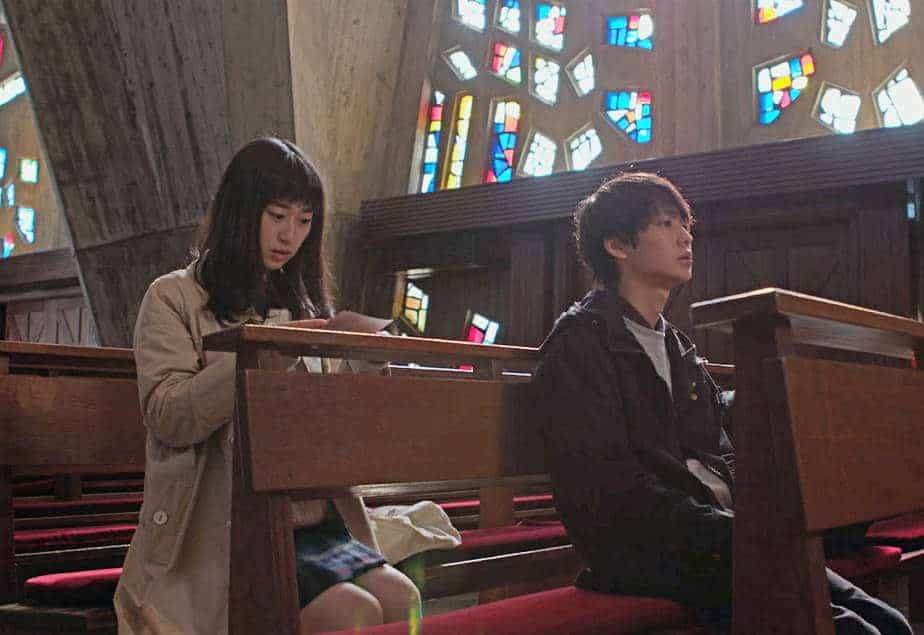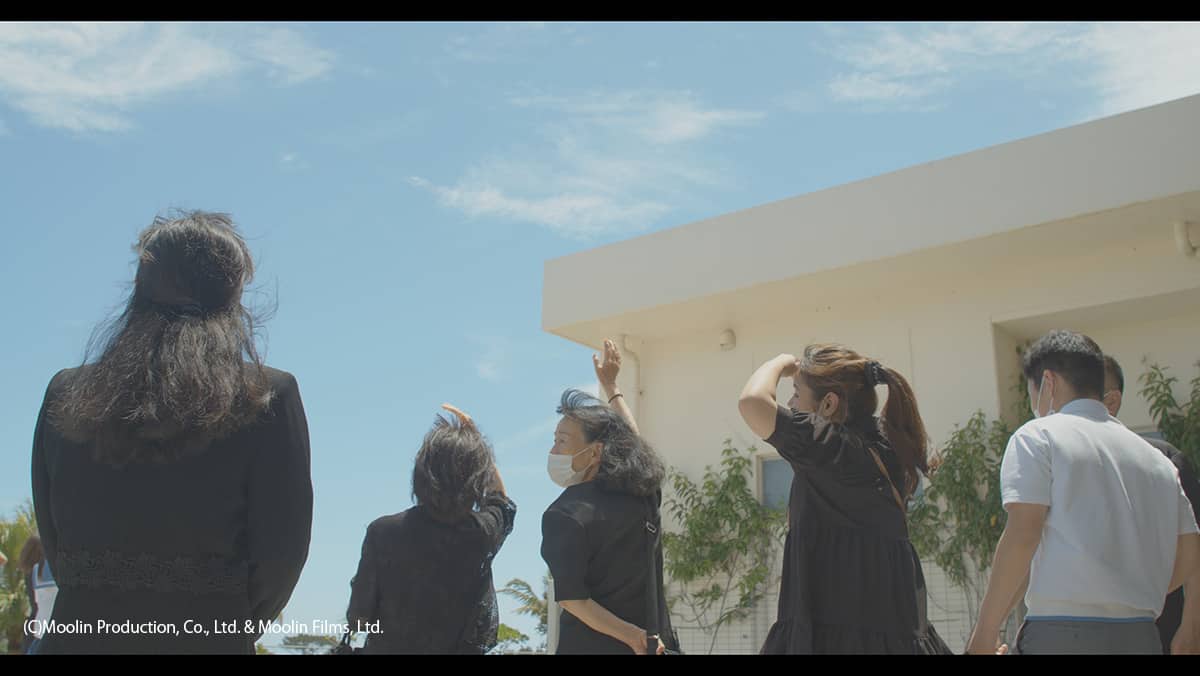By Purple Romero
Mining the meanings of the minutiae in the everyday adventures of female bus conductors allows us to intricately explore the ethos of the working class and women's rights in “The Maiden Who Went to the City (Dosilo gan cheonyeo),” a Korean film released in 1981. Kim Soo-yong, considered one of the most prolific directors in Korean cinema with more than 100 movies under his belt, maximizes this minutiae in the dynamics of female blue-collar workers to reveal a fundamental conflict which serves to elucidate the intersection between gender and labor.
Lee Mun-hi is the “maiden” referred to in the movie's title, who takes on the gamble of moving to Seoul to work as a bus conductor. She carries with her a wad of cash, surreptitiously hidden in her underpants, to enroll in a bus conductor academy. When she finally applies for the job, she gets to discover that formal courses or educational background do not really matter in the eyes of her superior, however. What does count is that she does not filch off the bus company's daily earnings and that she has connections within. Mun-hi is an outlier when it comes to living by the rules, however, as everyone else in the world she moves into seems to break them. She is the only one who refuses to steal even just a dime from the fare collected for the day. But the movie shows that honesty does not always pay off and that rules could either be bent or be rigidly, unreasonably implemented based on who calls the shots.
The film does not pass off judgment, though, to those who do defraud the company. Seong-ae, another conductor, pockets some of the payments she collects to support the studies of her niece, while the streetsmart Yeong-ok pilfers money to fund her dream. By showing the reasons of the employees for doing it, the audience is behooved to discern the situation and the motivations of female bus conductors. By not moralizing the characters, the movie steers us to the real malefactor, which is the company that is more than willing to subject their workers to dehumanizing procedures to secure their profits.
Kim directs this film in a way that it focuses on the characters. He does not spare any details on how female conductors live. From their interaction with passengers and drivers, to the number of minutes they only have for lunch, up to their sudden shouting of directions for the driver in their sleep, we are presented with the nuts and bolts of their lives. It is through these little details and tidbits of peculiarities that Kim enables the viewers to piece together the ecosystem they operate in.
The most important and subtle details unveil the mindset of the hierarchy in the company. When women inspectors do a body inspection of their fellow female employees to check if they have kept money in any of their body parts, from the feet to the private areas, they do it with the doors closed. As the movie progresses, the doors to the room are opened ajar, however, as the body inspection also becomes more humiliating and intrusive.
The movie also gives ample focus on the romantic experiences of the three women, but this does not distract nor confuse the plot. On the contrary, it provides another opportunity to show how women are able to push men to confront their mistakes and vulnerabilities. Save for Seong-ae, Mun-hi and Yeong-ok stand by their men not because they are dependent on them, but because they are part of their bigger aspirations.
The three lead actresses are able to show the distinct personalities of their characters. Yu Ji-in is able to embody the naivete and uprightness which shaped Mun-hi's state of mind and persistence at the end. Geum Bo-ra makes us pity Seong-ae but, at the same time, also disagree with her life choices. Lee Yeong-ok is fierce and delightfully playful as Yeong-ok that she makes us want to join her as she creates rumpus and gambols in Seoul's streets.
Kim's wide shots vividly paint the spirit of Seoul in the 1980s. From the wide swath of parking lots where cars are being sold to the intersections and roundabouts of its streets, the shots show us the sprawling, energetic landscape of South Korea's capital. The shots and the bright cinematography by Jo Myeong-Jon inside the dormitory of the female bus conductors also illuminate the space where they live and the dynamics inside it. By letting the camera careen in certain parts, meanwhile, Kim is also able to establish the mood of the characters particularly in their frenzied state.
One aspect also worth noting is how the mise-en-scene depicts Seoul as a city trying to find its footing amid the backdrop of geopolitical shifts during that time. That Mun-hi and her beau frolic in a place which appears to be a showcase of South Korea's military aircraft and armored fighting vehicles conveys an image of postwar Seoul trying to shape its identity.
Geun-shik Kang's sound design, which used harmonic orchestra music throughout the film, gives a mood of optimism, matching that of Lee's overall spirit. Even when moments are about to lead to conflict, the background sound remains buoyant and sonorous.
“The Maiden Who Went to the City” is not as dark as other movies that touch on the plight of the working class. But this does not make its message any less relevant. Kim has a good understanding of the social and economic barriers women had to face during that time and their agency to also overcome them.

















